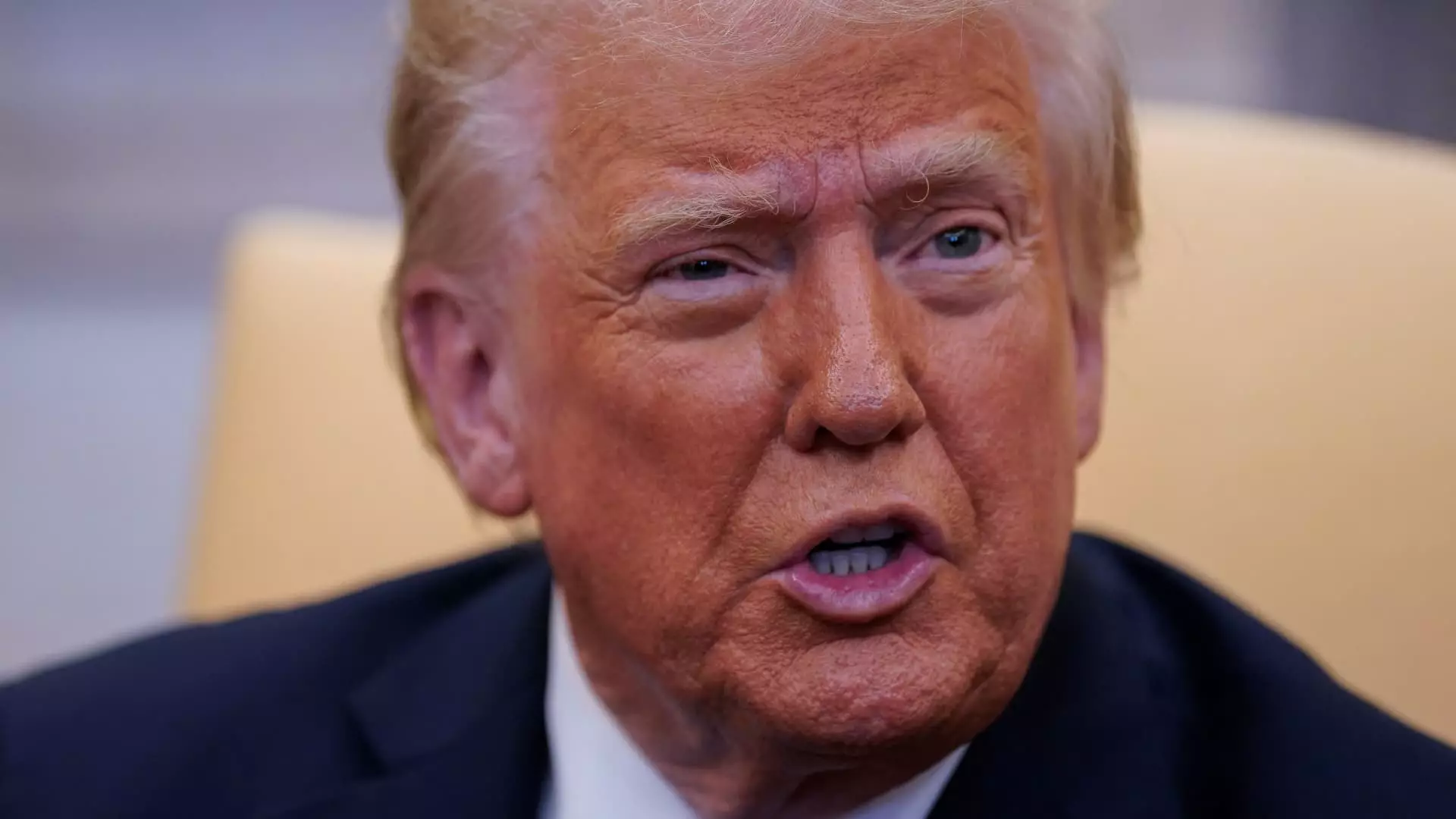For years, the penny has been a staple of American currency, yet its value has been increasingly called into question. The 1-cent coin, originally introduced to facilitate small transactions, has become a point of contention among economists and policymakers alike. Underlying this debate is the ongoing concern over the costs associated with minting coins, which have vastly outstripped their actual monetary worth. Recent remarks from former President Donald Trump have reignited discussions surrounding the production of pennies, with a push towards austerity marking his administration’s financial narrative.
Trump’s Directive and Constitutional Constraints
Trump’s call to halt the minting of new pennies is framed as a strategy to eliminate what he deems “wasteful” government expenditure. In a post on Truth Social, he pointed to the fact that producing each penny costs more than its face value, stating, “this is so wasteful!” However, the legal authority for such a decision remains ambiguous. The U.S. Constitution clearly allocates the power of coinage to Congress, while federal law grants the Treasury Secretary discretion in minting as needed. This dichotomy opens the door for significant debate over what action can realistically be taken.
Although some analysts believe Trump’s directive could withstand judicial scrutiny, it also raises concerns about potential legal ramifications for businesses and financial institutions. Should the penny no longer be minted, merchants could face increased transactional costs as they navigate a potential shortage. This scenario has the potential to ripple through the economy, forcing small businesses to adapt to a new reality of higher costs for cash transactions.
Data substantiates the argument that owning and managing pennies is not cost-effective. The U.S. Mint reported that in 2024, the cost of creating a single penny was approximately 3.69 cents. This represents a disheartening trend that has been consistent for nearly two decades. The financial implications are significant; when production exceeds worth, it makes a compelling case for either the elimination or redesign of the 1-cent coin.
To exacerbate the situation, the production of other low-denomination coins has also proven costly. The 5-cent nickel, for instance, incurs a manufacturing cost of 13.78 cents. As these numbers come to light, they provoke essential questions about whether the burdens of coinage could be alleviated through legislative reform.
As discussions about the future of the penny unfold, another overarching trend is also noteworthy—the digitalization of financial transactions. Analysts predict that the potential cessation of penny minting could accelerate the transition to electronic payments, benefiting companies like Visa and Mastercard. This shift not only reflects changing consumer preferences but responds to the realities of an increasingly cashless society.
While Trump’s directive to cease penny production may appear to address government spending, it simultaneously unveils the complex layers of legislation, economics, and consumer behavior. The penny’s outdated practicality poses broader questions regarding the future of currency in an era that may lean more toward digital transactions. As America stands at this crossroads, the debates surrounding the fate of the penny will likely continue, shaping the financial landscape for years to come.

